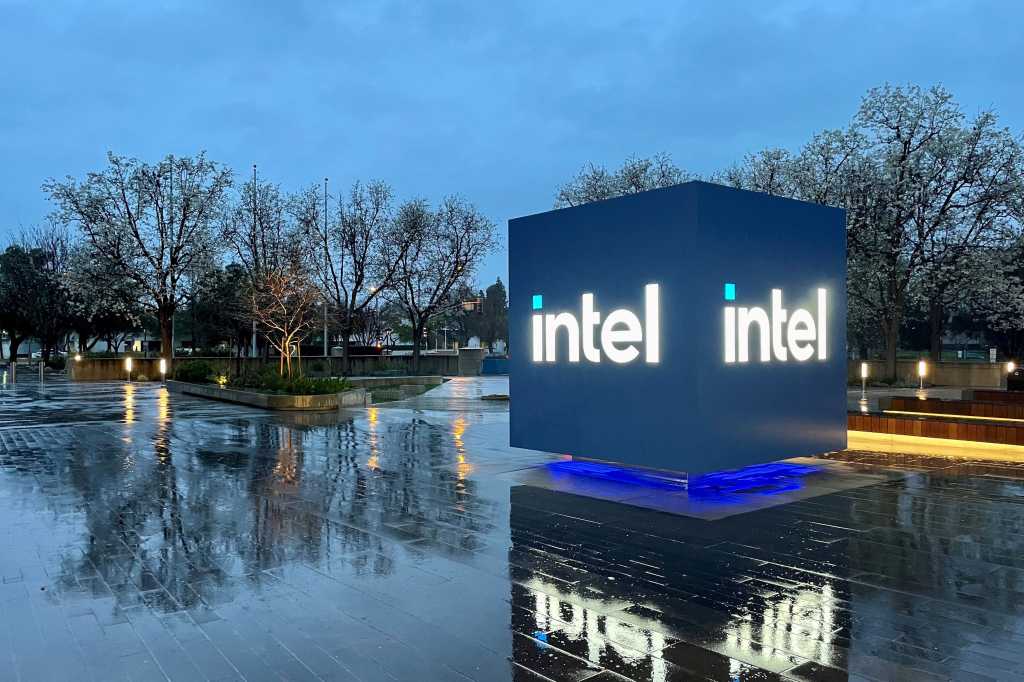Nine years ago, Intel shelled out $16.7 billion to acquire FPGA maker Altera, its largest acquisition ever, and over time it began the process of integrating Altera into the company. However, late last year the company announced it would spin out the FPGA business as a separate brand, complete with its own CEO.
It has now done so, and it revived the Altera brand name for the company. Sandra Rivera, a longtime Intel veteran who previously headed up the data center division, is now chief executive of the FPGA business, which will continue to operate as an Intel company with its own profit and loss sheet.
In a press briefing, Rivera predicted Altera’s FPGA business has a total addressable market (TAM) of $55 billion over the “next several years,” which represents a significant gain over the $8 to $10 billion it’s estimated at now. She didn’t elaborate on how long that time period would be.
Rivera said she is working on relationships with Intel’s channel partners to expand Altera’s portfolio to a broader range of uses and applications. The FPGAs, sold under the Agilex brand name, have focused on the midrange and high end of the market up to now. But Intel is expanding into the lower-end market with the Agilex 3 product line.
“We have an expanding portfolio that allows us to deliver products and market from the very top in terms of that power, performance and capability, and features all the way to the most cost-sensitive, the most footprint-constrained and power-constrained environments,” Rivera said.
She has a track record of success. In 2021, newly hired CEO Pat Gelsinger put Rivera in charge of the data center and AI (DCAI) group, which is the group Gelsinger once led before being ousted from Intel in 2009. DCAI had lost its way, and its ambitious Xeon processor, code-named Sapphire Rapids, was very late. It was under Rivera’s leadership that Intel got Sapphire Rapids out the door and its successor, Emerald Rapids, on track.

